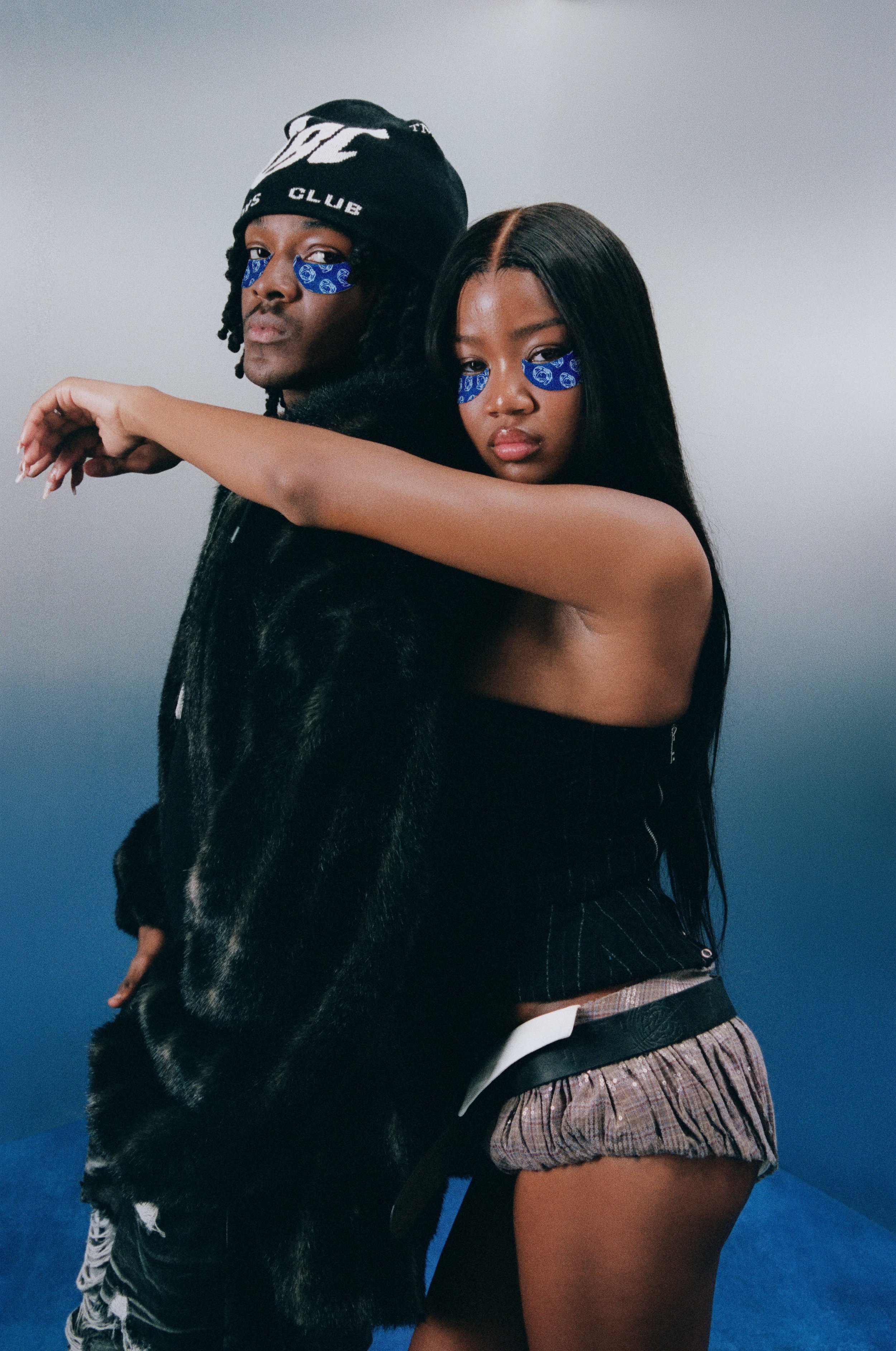How Hemp Entered The Fashion Industry And Why It's So Popular Now?
By PAGE Editor
In recent years, hemp has emerged as a revolutionary material in the fashion industry, gaining widespread popularity and recognition. This once-underappreciated plant has made a remarkable comeback, finding its way into clothing, accessories, and even high-end fashion lines. In this blog, we will explore how hemp has made its mark in the fashion world, highlighting its unique properties, sustainable benefits, and the growing demand from conscious consumers.
Additionally, we will touch upon the best kratom vendors and their role in supporting the hemp industry.
The Historical Roots of Hemp in Fashion:
Hemp has been cultivated and used for textiles for thousands of years. Its usage can be traced back to ancient civilizations such as China, Egypt, and Mesopotamia. Due to its durability and versatility, hemp fibers were widely employed in the production of fabrics, ropes, and sails.
However, with the rise of cotton and the legal restrictions on hemp cultivation in the 20th century, its popularity in fashion waned. But with the recent resurgence of sustainable and eco-friendly materials, hemp has found its way back into the fashion spotlight.
The Unique Properties of Hemp Fabric:
Hemp fabric possesses a range of unique properties that set it apart from other materials in the fashion industry. These properties contribute to its growing popularity and make it an attractive choice for both designers and consumers. Let's delve into some of the remarkable characteristics of hemp fabric:
1. Durability and Strength:
Hemp fibers are exceptionally strong and durable, surpassing the tensile strength of many other natural fibers such as cotton. This durability ensures that hemp garments have a longer lifespan, making them more resistant to wear and tear. The strength of hemp fabric allows it to retain its shape and structure even after multiple uses and washes. This durability reduces the need for frequent replacements, contributing to sustainable fashion practices and reducing environmental waste.
2. Breathability and Comfort:
Hemp fabric is highly breathable, making it ideal for clothing, especially in warm climates or during the summer months. Its natural fibers allow air to circulate freely, keeping the body cool and preventing excessive sweating. The breathability of hemp fabric helps regulate body temperature, providing comfort even in hot and humid conditions. Additionally, hemp fabric has moisture-wicking properties, effectively absorbing and releasing moisture, which further enhances its comfort factor.
3. Hypoallergenic and Anti-Bacterial:
Hemp fabric is hypoallergenic, making it suitable for individuals with sensitive skin or allergies. It is naturally resistant to mold, mildew, and bacteria, reducing the risk of skin irritations or allergies caused by these microorganisms. The anti-bacterial properties of hemp fabric contribute to its odor-resistant nature, allowing garments to stay fresher for longer without the need for frequent washing.
4. Sustainability and Environmental Benefits:
Hemp is a highly sustainable crop, requiring minimal water, pesticides, and fertilizers compared to conventional cotton cultivation. Its cultivation helps maintain soil health and fertility, as hemp plants have deep roots that help prevent soil erosion. Additionally, hemp plants absorb a significant amount of carbon dioxide from the atmosphere and release oxygen, making them beneficial for combating climate change.
5. Versatility and Style:
Hemp fabric can be blended with other fibers such as organic cotton or silk to enhance its texture and drape. It is also naturally resistant to UV rays, providing protection from the sun's harmful radiation. Hemp fabric can be woven into various weights and textures, ranging from lightweight and breathable to heavier and more textured fabrics. This versatility allows designers to create a wide range of fashion items, from casual wear to high-end couture.
The Environmental Advantages of Hemp:
One of the primary reasons for the growing popularity of hemp in fashion is its minimal environmental impact. Hemp is a highly sustainable crop that requires significantly less water, pesticides, and fertilizers compared to traditional cotton cultivation. It grows quickly and densely, aiding in weed suppression and soil improvement.
Additionally, hemp plants absorb more carbon dioxide from the atmosphere and release more oxygen than most other crops, making it beneficial for combating climate change. Its deep roots also help prevent soil erosion, contributing to overall soil health.
The Shift towards Conscious Consumerism:
The rise of hemp in fashion can also be attributed to the increasing demand for sustainable and ethically produced products. Conscious consumers are seeking alternatives to fast fashion and are actively supporting brands that prioritize environmental responsibility and social ethics. Hemp aligns perfectly with these values, offering a renewable and eco-friendly solution.
The Role of Kratom Vendors in Supporting the Hemp Industry:
While kratom and hemp are distinct, both have gained attention as natural products with potential wellness benefits. As the kratom industry thrives, many best kratom vendors are recognizing the synergies between these two natural alternatives. Some kratom vendors have expanded their offerings to include hemp-based products, such as CBD-infused items or hemp-derived textiles. By diversifying their offerings, these vendors contribute to the growth of the hemp industry and cater to the evolving needs and preferences of their customers.
Conclusion:
Hemp's journey into the world of fashion showcases its remarkable versatility and sustainable attributes. With its historical roots, unique properties, and minimal environmental impact, hemp has become a sought-after material in the fashion industry. Moreover, as conscious consumerism continues to rise, hemp aligns perfectly with the values of those seeking sustainable and ethically produced clothing. The support of kratom vendors further contributes to the growth of the hemp industry. As hemp gains popularity, we can anticipate its continued integration into the fashion landscape, providing consumers with stylish and eco-friendly alternatives for years to come.
HOW DO YOU FEEL ABOUT FASHION?
COMMENT OR TAKE OUR PAGE READER SURVEY
Featured










Miami Art Week 2025 Powered by Art Hearts Fashion closed out the year with a high-impact, citywide series of runway shows, designer debuts, and star-studded events across Miami’s most iconic venues, celebrating global creativity, inclusivity, and the intersection of fashion, art, and culture.